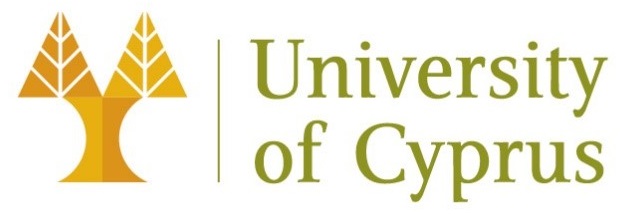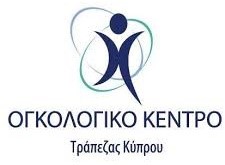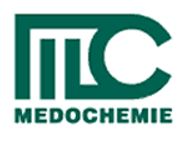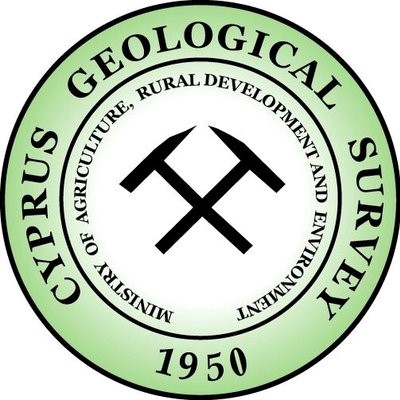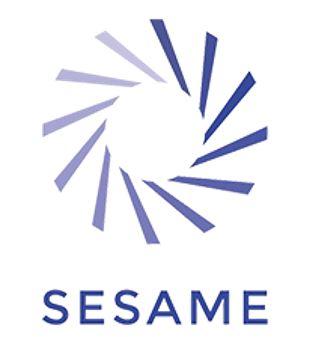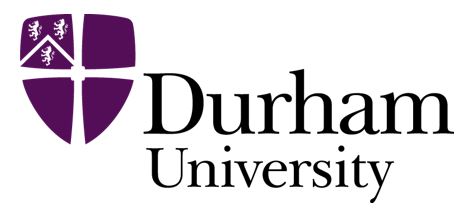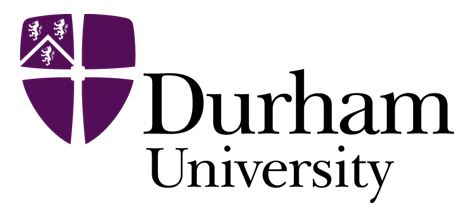
Durham University is distinctive - a residential collegiate university with long traditions and modern values. We seek the highest distinction in research and scholarship and are committed to excellence in all aspects of education and transmission of knowledge. Our research and scholarship affect every continent. We are proud to be an international scholarly community which reflects the ambitions of cultures from around the world. We promote individual participation, providing a rounded education in which students, staff and alumni gain both the academic and the personal skills required to flourish. Durham is consistently ranked as one of the world’s leading universities as shown by its World Top 100 position in two influential global league tables. In the QS World University Rankings 2016-17, the University is 74th and has risen from 3rd to 2nd among UK universities for research citations. In the Times Higher Education (THE) World University Rankings 2016-17, Durham is ranked 96th. In national league tables, including the Times/Sunday Times Good University Guide, Durham University is consistently recognised as one of the top universities in the UK.
Key Personnel
 Dr Wendy Dirks is a dental histologist with experience in studying growth and development in humans and other mammals, both extant and extinct. Her research interests include the evolution of life history strategies in mammals through reconstructing the chronology of growth within a species, and also understanding how individual life histories are recorded in teeth. She identifies hypomineralised accentuated lines visible in histological ground sections of teeth using polarised transmitted light microscopy as well as having experience in analyzing images generated by microtomography on Beamline 19 at the European Synchrotron Radiation Facility in Grenoble. Her expertise in microscopy and understanding of tooth development, which she taught at Newcastle University’s School of Dental Sciences, are used in determining the chronological age in the life of the individual at their formation. She is supervising a project in which these accentuated lines are matched to actual events in the lives of naturally deceased animals to determine what kinds of events create the stresses that disrupt the cellular secretion of dental tissues. She has also applied this technique to archaeological remains of human juveniles. She is also an expert in reconstructing the chronology of dental development, from the initiation of the tooth until its completion, and reconstructing the development of complete dentitions, allowing her to assess variation in in the timing of dental development within and between species, including human remains. She utilises both polarised transmitted light microscopy and microCT in her work, and has personal experience in preparation for working with both techniques, as well as having oversight of technical support in these projects.
Dr Wendy Dirks is a dental histologist with experience in studying growth and development in humans and other mammals, both extant and extinct. Her research interests include the evolution of life history strategies in mammals through reconstructing the chronology of growth within a species, and also understanding how individual life histories are recorded in teeth. She identifies hypomineralised accentuated lines visible in histological ground sections of teeth using polarised transmitted light microscopy as well as having experience in analyzing images generated by microtomography on Beamline 19 at the European Synchrotron Radiation Facility in Grenoble. Her expertise in microscopy and understanding of tooth development, which she taught at Newcastle University’s School of Dental Sciences, are used in determining the chronological age in the life of the individual at their formation. She is supervising a project in which these accentuated lines are matched to actual events in the lives of naturally deceased animals to determine what kinds of events create the stresses that disrupt the cellular secretion of dental tissues. She has also applied this technique to archaeological remains of human juveniles. She is also an expert in reconstructing the chronology of dental development, from the initiation of the tooth until its completion, and reconstructing the development of complete dentitions, allowing her to assess variation in in the timing of dental development within and between species, including human remains. She utilises both polarised transmitted light microscopy and microCT in her work, and has personal experience in preparation for working with both techniques, as well as having oversight of technical support in these projects.



